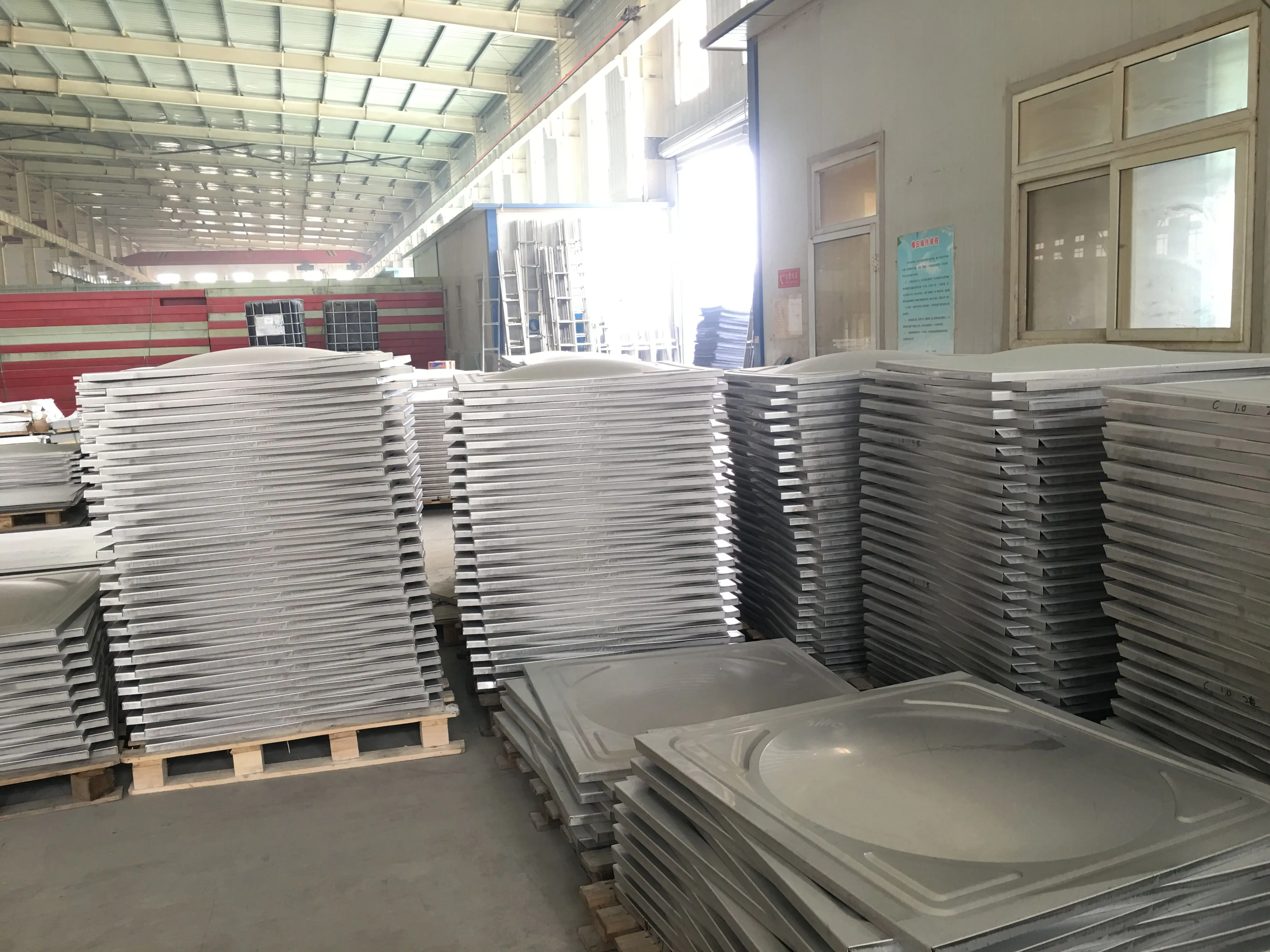loading...
- No. 9, Xingyuan South Street, Dongwaihuan Road, Zaoqiang County, Hengshui, Hebei, China
- admin@zjcomposites.com
- +86 15097380338
- Welcome to visit our website!
frp pressure vessels
Understanding FRP Pressure Vessels Innovations and Applications
Fiber Reinforced Polymer (FRP) pressure vessels have garnered increasing attention in various industries due to their remarkable strength-to-weight ratio, corrosion resistance, and structural integrity. Unlike traditional materials like steel or aluminum, FRP combines fibers (such as glass, carbon, or aramid) with a polymer matrix to create a composite material that possesses superior mechanical properties. This article explores the fundamentals of FRP pressure vessels, their construction, advantages, applications, and the future of this innovative technology.
Fundamentals of FRP Pressure Vessels
At its core, an FRP pressure vessel is designed to contain liquids or gases under pressure safely. The structure usually consists of an inner liner made of thermosetting or thermoplastic polymers, which is primarily responsible for the vessel's corrosion resistance and containment capability. Surrounding the liner are layers of reinforcement fibers embedded in a polymer matrix, which provide the vessel with its strength and rigidity.
Manufacturing techniques for FRP vessels include filament winding, hand lay-up, and resin transfer molding. Filament winding is particularly popular due to its ability to create highly uniform and mechanically robust structures with excellent fiber alignment. Regardless of the manufacturing method, the resulting composite is lightweight, allowing for easier handling and installation compared to conventional materials.
Advantages of FRP Pressure Vessels
1. Corrosion Resistance One of the most compelling advantages of FRP is its exceptional resistance to corrosive environments. This characteristic makes FRP pressure vessels ideal for storing chemicals and other aggressive substances, reducing the risk of leaks and prolonging the life of the vessel.
2. Lightweight FRP materials are significantly lighter than metals, which can lead to reduced transportation and installation costs. This advantage is particularly valuable in applications where weight is a critical factor, such as in the aerospace and automotive industries.
3. High Strength-to-Weight Ratio The composite nature of FRP allows it to achieve high strength while maintaining low weight. This property enables the design of more compact and efficient pressure vessels.
frp pressure vessels

4. Thermal Insulation FRP materials typically have low thermal conductivity, which makes them suitable for applications requiring thermal insulation. This can be particularly advantageous in industries dealing with temperature-sensitive materials.
5. Design Flexibility The ability to tailor the mechanical properties and shapes of FRP through the selection of different fibers and resins opens up new possibilities in design, allowing for customized solutions that meet specific engineering requirements.
Applications of FRP Pressure Vessels
FRP pressure vessels are increasingly used in various sectors. In the chemical industry, they are often employed for the storage and transportation of aggressive chemicals such as acids, bases, and solvents. In the oil and gas sector, FRP vessels are utilized in offshore applications due to their lightweight nature and corrosion resistance.
Additionally, the water treatment industry benefits from the use of FRP in pressure vessels for filtration and reverse osmosis systems. These vessels can withstand high pressures and harsh environments, making them an ideal choice for water purification processes.
Moreover, the aerospace and automotive industries are beginning to adopt FRP pressure vessels for fuel storage and other applications, leveraging their lightweight and strong properties to enhance performance and efficiency.
Future of FRP Pressure Vessels
As technology continues to evolve, the future of FRP pressure vessels looks promising. Innovations in materials science could lead to even stronger and more durable composites, while advancements in manufacturing techniques may reduce costs and improve production efficiency. The push for sustainability is also influencing the development of bio-based polymers and recyclable materials, which could further enhance the environmental profile of FRP vessels.
In conclusion, FRP pressure vessels represent a significant advancement in materials technology, offering numerous advantages over traditional pressure vessels made from metal. With their exceptional performance characteristics and broad range of applications, FRP pressure vessels are poised to play a crucial role in the future of many industries. The continued research and development in this field will undoubtedly lead to even greater innovations and applications in the years to come.
-
Transform Your Spaces with FRP Grating SolutionsNewsNov.04,2024
-
The Versatility and Strength of FRP RodsNewsNov.04,2024
-
The Excellence of Fiberglass Water TanksNewsNov.04,2024
-
The Benefits of FRP Grating for Your ProjectsNewsNov.04,2024
-
Elevate Your Efficiency with FRP Pressure VesselsNewsNov.04,2024
-
Welcome to the World of FRP Pressure VesselsNewsOct.12,2024
-
Unveiling the Future of Filtration: Why FRP Filter Vessels are a Game ChangerNewsOct.12,2024
